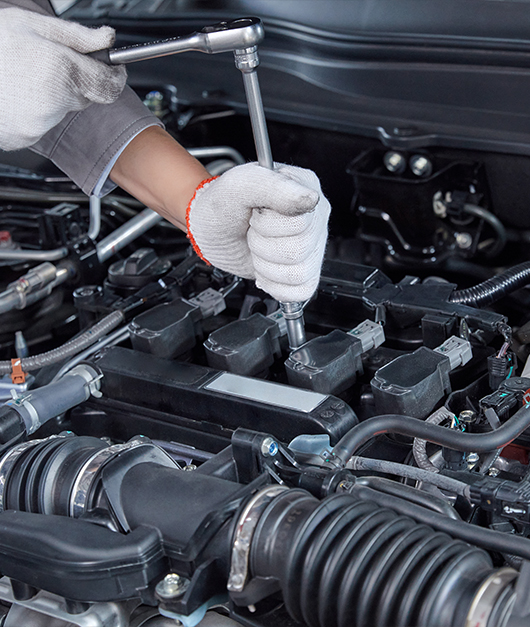Is the socket set easy to store and carry for mobile work?
As a common maintenance tool, socket sets are widely used in different workplace...
READ MORE View More
View More
 View More
View More
 View More
View More
 View More
View More
 View More
View More
 View More
View More
 View More
View More
 View More
View More
 View More
View More
 View More
View More
 View More
View More
 View More
View More

Available for OEM and ODM, design based on our professional engineer team and mould factory.
We have our own machining workshop. So we can directly provide high-quality products.
As a common maintenance tool, socket sets are widely used in different workplace...
READ MOREDR. socket wrench tools are a common tool widely used in automobile repair, mech...
READ MOREThe 10PCS Hand Drive Socket Set includes a 1/2" drive ratchet handle along with ...
READ MOREThe Deep Drive Socket Wrench Tool adopts an ergonomic design that ensures both p...
READ MOREThe state-of-the-art kit comes with a diverse range of tools, all housed in a du...
READ MOREWhat is a socket tool?
A socket tool is a tool widely used in various repair and assembly work. Its main function is to tighten and loosen bolts and nuts. Due to its high efficiency, convenience and versatility, socket tools have become an indispensable tool in automobile repair, mechanical assembly, construction and daily household repairs.
A socket tool generally consists of a socket, a ratchet wrench, an extension rod, a universal joint and an adapter. The socket is the part that comes in direct contact with the bolt or nut. Depending on the use requirements, the socket has different specifications and sizes, the most common of which are metric (mm) and imperial (inch). The types of sockets include hexagonal sockets, twelve-point sockets, spark plug sockets and depth sockets, etc., which are suitable for different usage scenarios. The material used to make the socket is usually chrome-vanadium steel or chrome-molybdenum steel. These high-strength steels are heat-treated and chrome-plated on the surface, and have good wear resistance and corrosion resistance. A ratchet wrench is a tool that drives the socket and provides leverage. It achieves continuous rotation operation through a ratchet mechanism, without the need to repeatedly remove and reposition the tool, thereby greatly improving work efficiency. Ratchet wrenches are usually equipped with a direction switch that can quickly switch the direction of tightening and loosening. Extension rods are used to increase the operating distance of the socket so that it can be used in deep or narrow spaces. Extension rods are available in a variety of lengths to suit different usage needs. Universal joints allow the socket to rotate flexibly within a certain angle range, making it easy to operate in places where angles are difficult to handle. Adapters are used to connect drive tools and sockets of different sizes, such as 1/4 inch, 3/8 inch, 1/2 inch, etc., to increase the versatility of the tool.
How to maintain the socket tool?
The correct use and maintenance of the socket tool can not only improve work efficiency, but also extend the service life of the tool. The following are general professional maintenance steps.
1. Cleaning: After each use, wipe the socket tool with a dry cloth in time to remove dirt, grease and other residues. Perform deep cleaning regularly, and use a soft brush and an appropriate amount of detergent to remove difficult-to-remove dirt.
Lubrication: Apply an appropriate amount of lubricating oil to the ratchet mechanism and the movable joint part regularly to keep it running smoothly. Be careful to avoid excessive lubrication to prevent grease accumulation and affect the use of the tool.
Inspection and replacement: Check the wear of the socket, ratchet wrench and accessories regularly, and replace them in time if they are worn or damaged to ensure the normal use of the tools.
Storage: Store the socket tools in a dry environment to prevent the tools from rusting. Use a tool box or tool bag to store them to prevent the tools from colliding with each other, causing damage or loss.